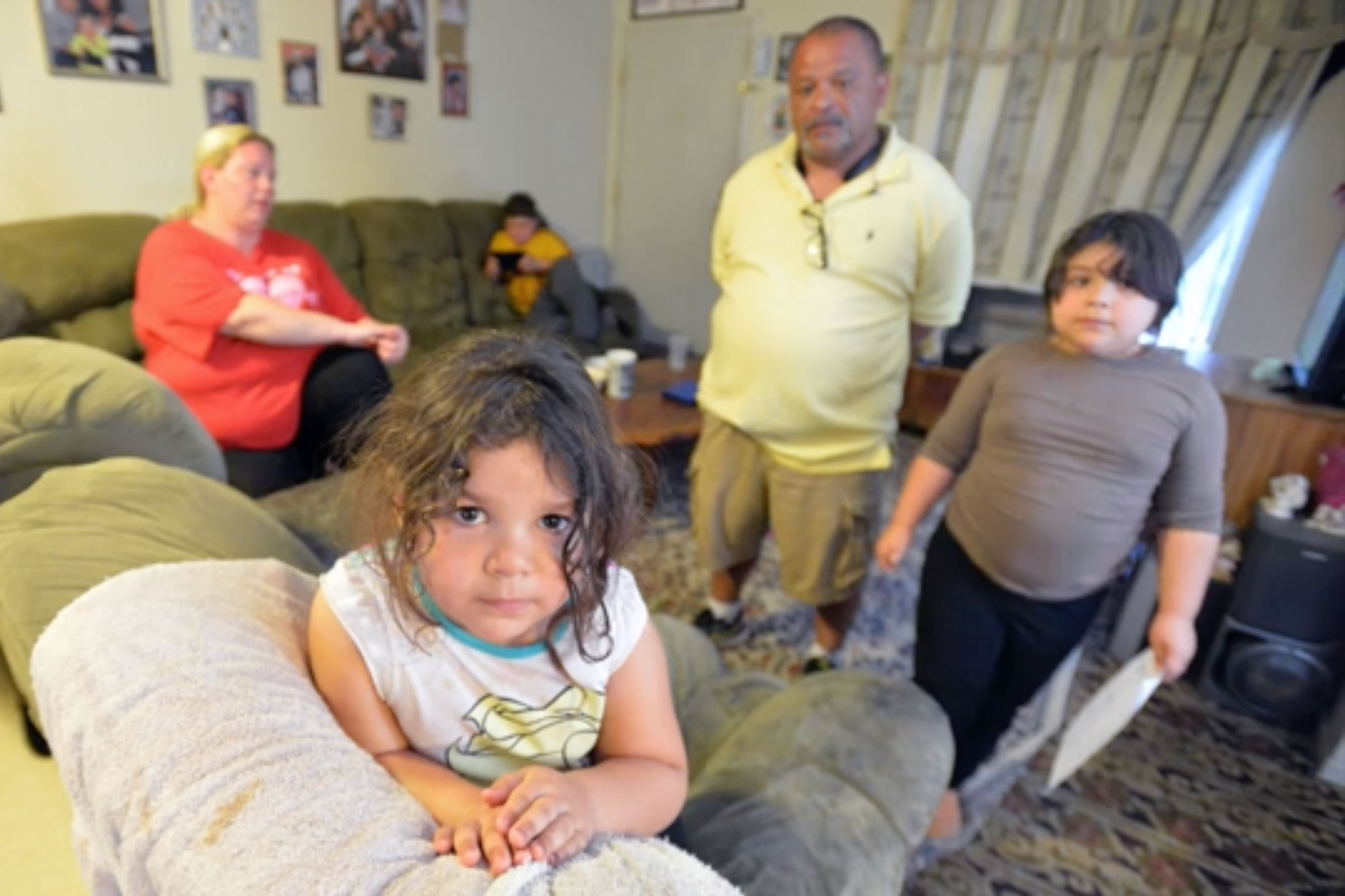Congratulations to Abby Rodela, one of our youth leaders in Kern County, who recently received…

On the Rise? The Central Valley Is Beating the Bay Area and L.A. in Key Measures
By Ryan Lillis—Jan. 7, 2019
It may be time to stop thinking of the Central Valley as the downtrodden sibling to California’s coastal powers.
By some measures, the Central Valley outperformed the Bay Area and Southern California in 2018, according to state population and economic figures.
Population growth in the Valley outpaced gains in both the Bay Area and Southern California. Job growth here was on par with gains in the Bay and was stronger than the Los Angeles/San Diego megaregion. And while the Bay Area and L.A. continue to lose residents to other parts of the state and nation, the Valley made gains in 2018.
Here’s a collection of key trends unfolding in the Valley and what they could mean for the year ahead.
The Valley is growing
The 17 counties between Shasta and Kern added roughly 70,000 new residents between July 2017 and July 2018, according to a Sacramento Bee analysis of estimates recently released by the state’s Department of Finance. Some counties in the Valley saw significant population increases, including Kings, Placer, Merced and San Joaquin.
Of the 20 fastest-growing counties in the state last year, 12 were in the Central Valley.
One theory that could explain the Valley’s robust growth, said state demographer Ethan Sharygin: “Families are starting there and growing.” Many Valley counties had strong birth rates, suggesting residents planting roots in the region are doing so to have children in a place far more affordable than the coastal counties.
There’s more. California’s population growth in recent years has been driven primarily by births and immigration from other countries. But the Valley is also seeing an influx of new residents from other parts of the United States — most notably from the expensive coastal regions of California. The Valley added roughly 8,400 residents last year through net domestic migration, state figures show.
At the same time, the Bay Area and Southern California are losing tens of thousands of residents to other parts of the state and country. The Bay lost an estimated 42,000 more residents than it gained from other parts of the country last year; Southern California lost 125,000 residents.
Bay Area refugees continue to migrate inland in search of more affordable housing. Will that trend continue? And at some point, will parts of the Valley — especially the northern part of the region near Sacramento, Stockton and Modesto — become too expensive and too congested to make the migration worth it?
Sharygin said that will be a trend worth watching.
“(Some of the growth numbers) are surprising in light of the fact that the costs of living in the Central Valley are going up as well,” he said.
Jobs, jobs, jobs
While the Central Valley may never catch up with the economic juggernauts on the coast, 2018 proved to a be very good year in the region.
According to the state’s Employment Development Department, the unemployment rate dropped in nearly every Central Valley county in 2018 (the rate in Colusa County remained steady at 12.1 percent). Some of the decreases were significant and the rates are near historic lows.
In Sacramento County, the unemployment rate stood at 3.5 percent in November, the most recent month for which figures are available. Placer County’s unemployment rate was just 3 percent, the 11th-lowest rate in the state and on par with coastal powers like Contra Costa, Alameda and San Diego counties.
The Valley also added lots of jobs last year. The number of employed people in the labor force rose 2.6 percent in the 17-county region. By comparison, the Bay Area region saw a 2.9 percent in overall jobs, while the Los Angeles-San Diego-Inland Empire area had a job-growth rate of 1.4 percent.
Are rents stabilizing?
Rent control was a major statewide issue in California in 2018. A proposition on the November ballot seeking to expand the rights of cities to expand rent control restrictions was defeated. Meanwhile, a campaign continues to push for a 2020 ballot measure in Sacramento seeking broad tenant protections, including rent control.
Rents in Central Valley counties have been skyrocketing in recent years. According to data kept by real estate listing firm Zillow, rents went up at least 17 percent in San Joaquin, Stanislaus and Merced counties between 2015 and 2018.
However, the rent escalations may be heading toward a plateau.
Over the past year, the average rents in Sacramento County increased by less than 1 percent, according to Zillow’s data. San Joaquin County saw an estimated 1.3 percent increase in rents, while rents in Stanislaus County went up less than 3 percent.
Some counties continued to see big gains: Fresno’s year-over-year average rent increased by 3.6 percent. The average rent in Madera County is nearly 8 percent higher today than it was a year ago.
Andy Levine — a chapter director with Faith in the Valley, a faith-based organization focused on social justice issues in the Valley — expects many Valley communities to talk this year about protecting tenants from eviction, particularly in the Stockton and Modesto areas.
“In those two cities, if we don’t get a policy discussion going fast, we’re going to be too late very soon,” he said.
Read more at The Sacramento Bee.



